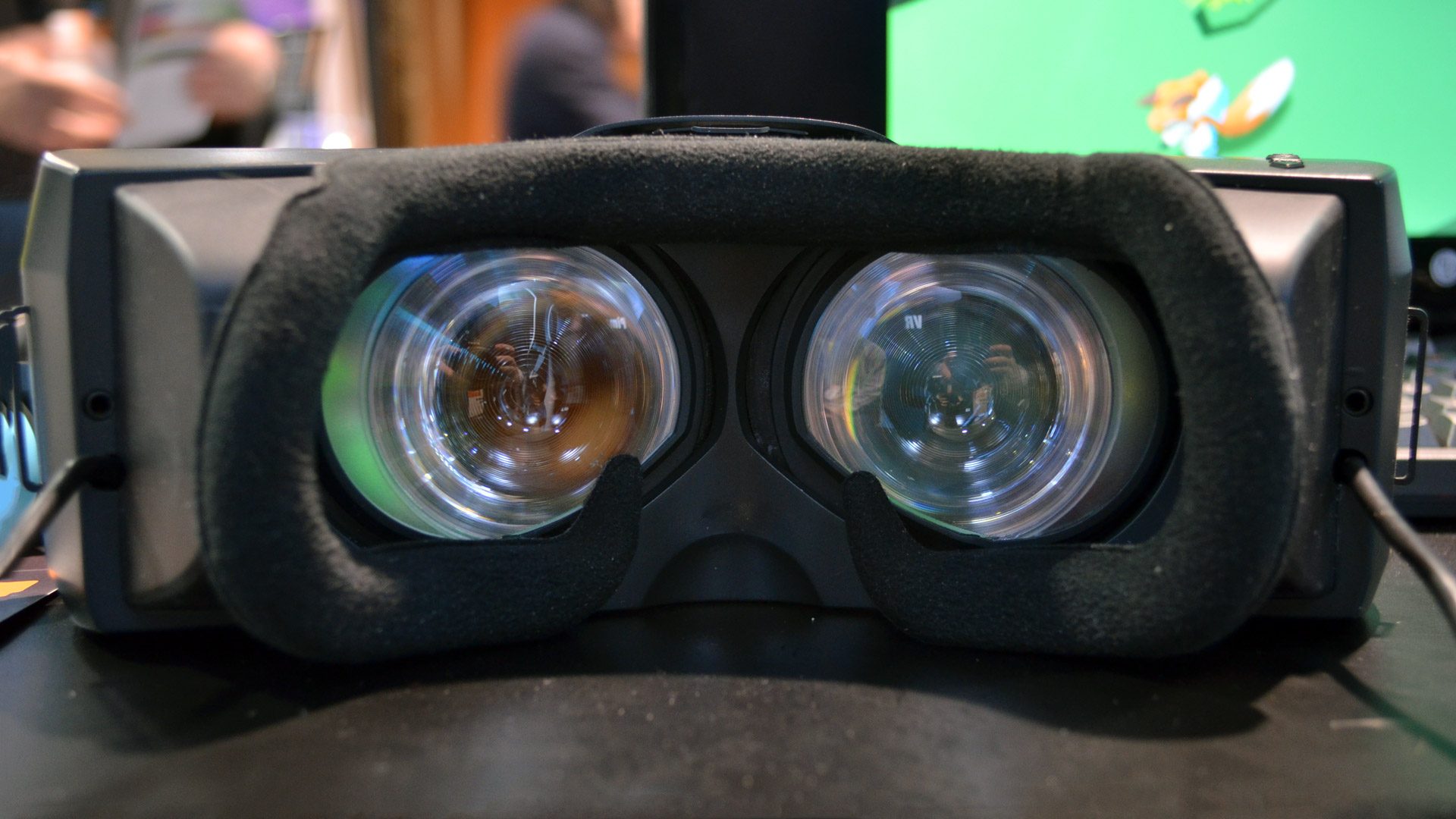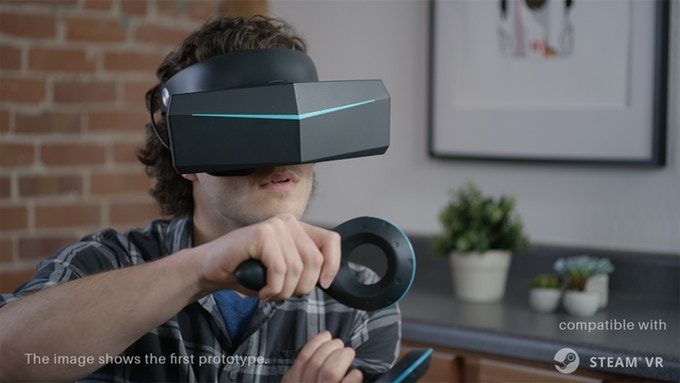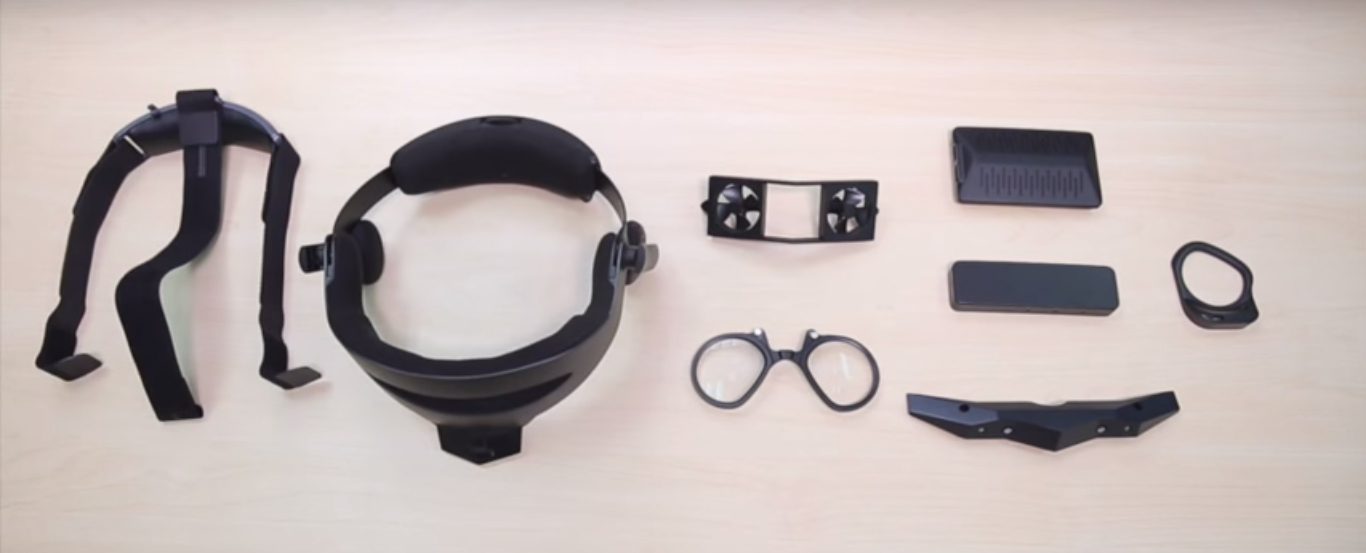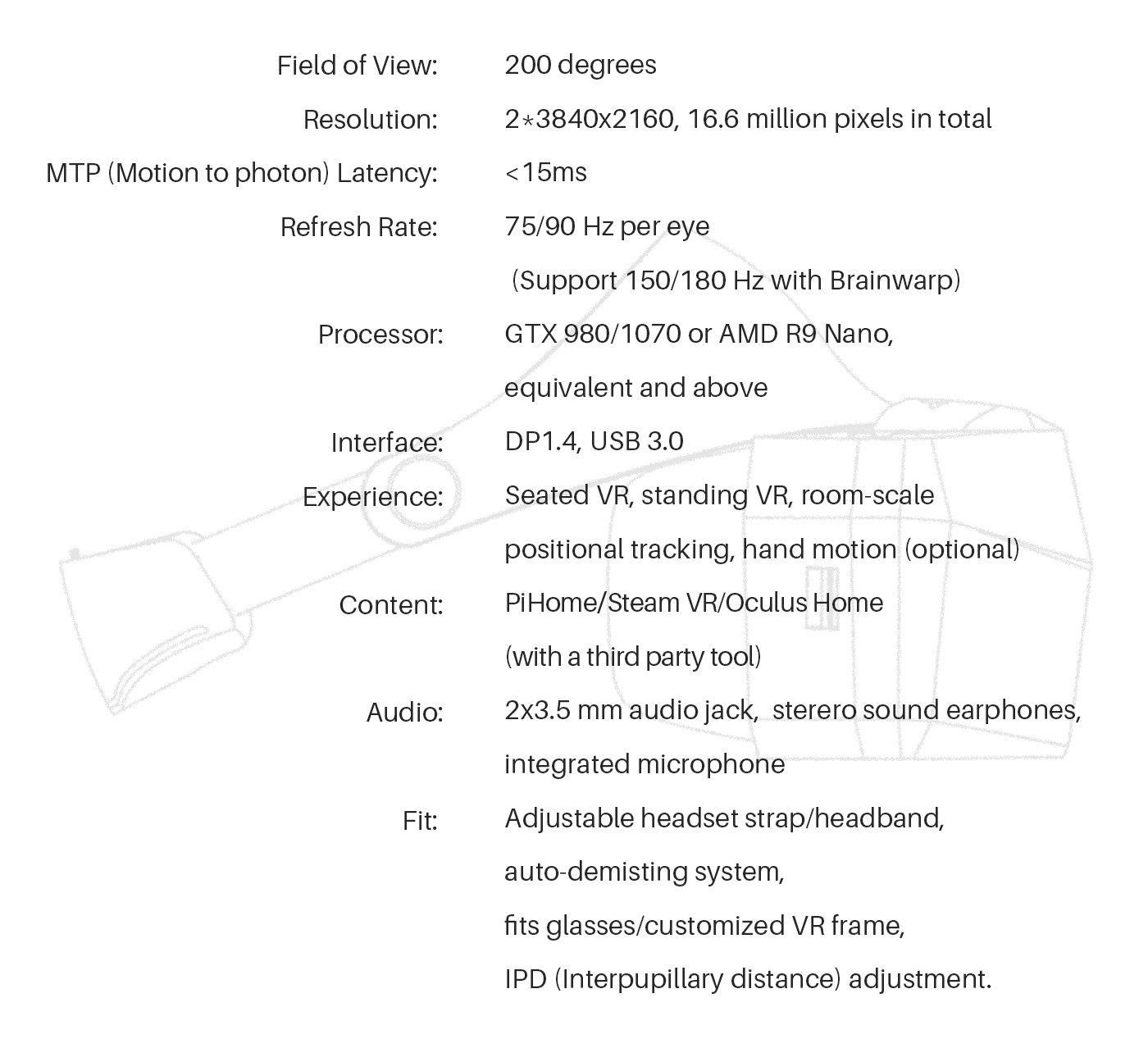Pimax, the China-based VR headset manufacturer, just launched their Kickstarter for the hotly anticipated 8K and 5K VR headsets.
Update (09/19/17): The rumors were true; Pimax has launched their Kickstarter today. The company is aiming to reach $200,000 in funding, with prices starting at $349 for the 5K, and $449 for the 8K headset. Unlike the Kickstarter preview page that was published earlier this month, the live page quotes a January 2018 delivery for Early Bird headsets instead of the previous December 2017 shipping date.
Original article (09/11/17): To be frank, the Pimax headsets aren’t actually 8K or 5K resolution, instead integrating dual 3840×2160 LCD panels and dual 2560×1440 OLED panels respectively. Both are still higher resolution than consumer VR headsets today though, and have a much higher field of view (FOV) at 200 degrees horizontal, almost the entire 220 degree natural range of human eyes.
There’s no tier pricing on the Kickstarter preview page yet, but the first 8K/5K headsets are said to roll out to backers starting December 2017, with normal tiers delivering in February 2018.

We had a chance to play with a prototype of Pimax 8K at this year’s CES before the company integrated Valve’s Lighthouse tracking solution—one of the first to do so outside of HTC. Road to VR’s Frank He, who tried the headset, said its 200 degree FOV was “impressive,” and that resolution-wise, he couldn’t discern sub-pixels “no matter how hard [he] looked.” To He, the screen door effect (SDE) was also diminished to the amount of “looking at a slightly textured surface or film.” The prototype did however suffer from a dim display and some geometric warping that made the experience less than perfect.
Since CES, the makers have added support for SteamVR, giving it access to a full catalog of games originally developed for the HTC Vive and Oculus Rift.

You may be asking yourself how a VR-ready gaming computer could possibly drive these sorts of graphically demanding resolutions. Pimax’s answer is a software technique they call ‘Brainwarp’, which renders a 4K image only on a single display at time, doing it 150/180 times per second. Pimax says users “perceive a complete 8K at 150/180 Hz with high frame rate,” and that it “boosts refresh rate, reduces latency and decreases GPU pressure for Pimax 8K.”
What’s noticeably missing from Kickstarter page is any substantial info about the ‘next generation’ modular add-ons we reported on recently, with the page simply saying that the headset is just a starting point for DIY enthusiasts.

“With modular design in mind, we made Pimax 8K an extendable device that not only works with your current accessories, but also new technologies. e.g. hand motion, inside-out tracking, wireless, eye tracking, etc,” the company says. At the time of this writing, no funding tiers appear to include any of the teased add-ons.
We’ll check back in when the campaign goes live, so stay tuned.
Pimax 8K VR Specs







